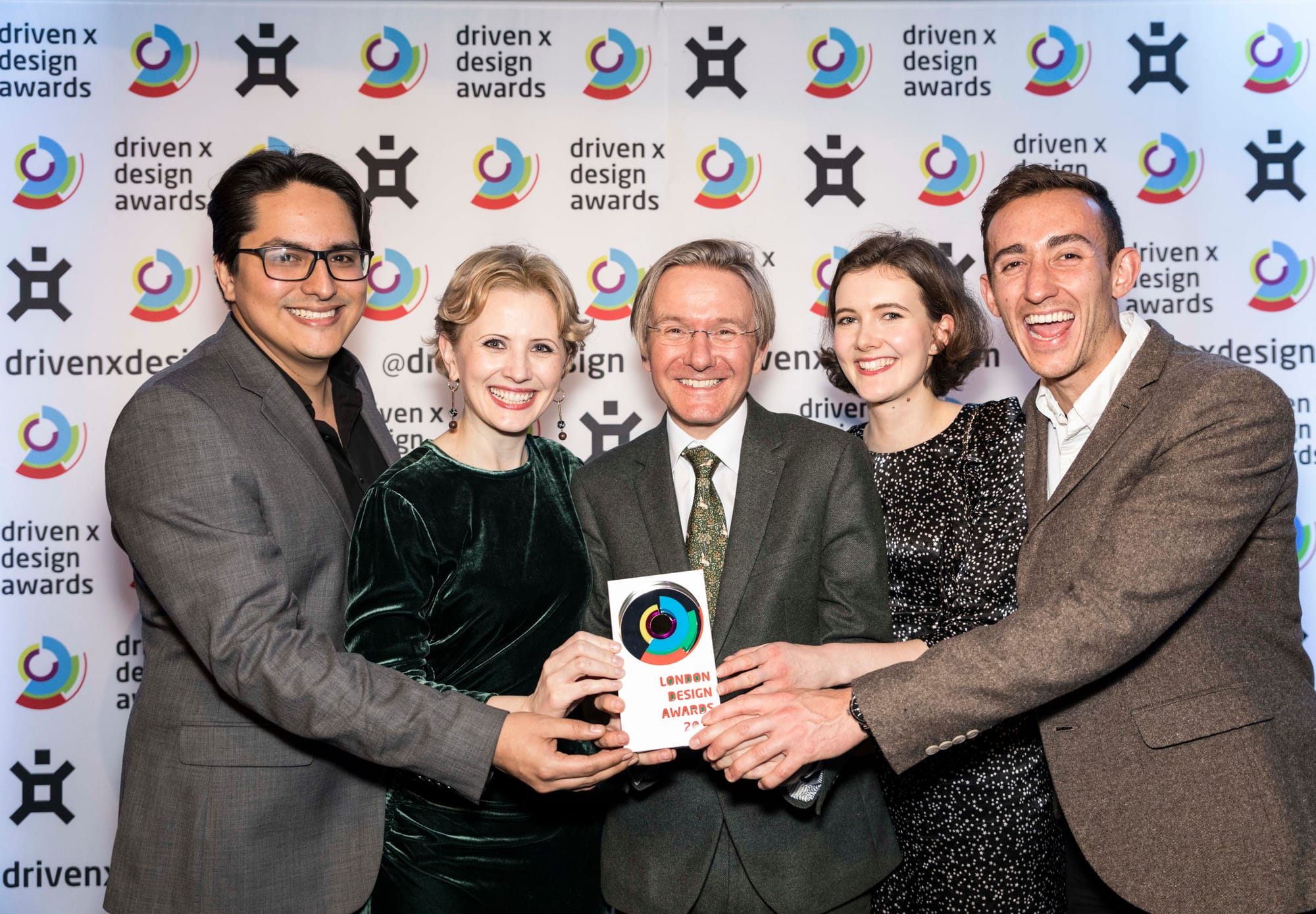· · Laura Paplauskaite · 3 min read
Usability and Usefulness in UX Web Design

User Experience is a term that has been modelled and defined a thousand times, and many arguments have been started over its various nuances. UX, on some level, can be defined as the usefulness of a service, combined with its usability, combined with its aesthetic value, and though it’s true that not all models which try to pin down the definition of UX would necessarily agree with this, many value usefulness and usability as contributors to a user’s experience.
However, although the two terms definitely overlap within UX, it’s long been debated as to the relative merits of the pair, and how they should be prioritised in relation to each other. In this blog post, I will provide my own model for their relationship.
Firstly, however, some definitions:
Usability (Ease of Use)
How easy it is for a user to complete their desired task with your product.
Usefulness (Value)
How valuable the users consider the specific features, functions, and data your product makes available to them.
Usefulness trumps usability
UX is often mistakenly aligned with usability, and so many first reactions are to immediately make ease of use a top priority. The problem with this is that it doesn’t matter how easy your product is to use, if it doesn’t fulfil your users’ needs, they’ll go elsewhere.
Consider the relationship from the opposite angle: if you had a piece of software that could predict the football results every weekend, most people would be willing to deal with horrifying interfaces and labyrinthian designs because of the high value of the product to them. By this logic it is usefulness, then, that seems to underwrite a product’s success.
In the early nineties, Fred Davis’ ‘Technology Acceptance Model’ made it clear, with a series of questionnaires and tests levelled at users encountering new technology, that the most influential factor on actual system use was perceived system usefulness. Though this does certainly suggest that usefulness is more important than usability (and many are of the opinion that this is the case) the key word here is ‘perceived’.
Usability as the lens to usefulness
I recently stumbled across an article which suggested that “usability excavates usefulness”. We’ve seen how important it is for a product to be useful, but what if the user is not actually aware of its usefulness? If a product’s perceived usefulness is nil, then regardless of what its actual usefulness is, it will still fail.
As the excavator of usefulness, usability has the ability to direct the user to whole areas of a product’s value that they might have been unaware of, and if a product is particularly usable, it can mean maximising only a very small value of usefulness to great effect.
For example, Apple are a prime example of a company that made their products so usable that they were able to introduce to users new features and functions they didn’t know they needed – with the IPhone, Apple redefined the category of the mobile phone by making them so usable that people who migrated to them took up a host of features they wouldn’t have missed otherwise.
To put it simply, usability is the lens which governs how useful the product is perceived to be by the user. Usability shapes the user’s view of a product’s usefulness, but can also contribute in its own right.
Usability as contributing to usefulness
Perceived usefulness is generally seen as being a direct result of the conscious needs of the user being matched up with the service that the product provides. However, especially with web UX, it’s always important to be aware of the fact that usability (and aesthetic design, with which it overlaps) can actually provide for the user’s more subtle, subconscious needs, and thus can indirectly inform the usefulness of a product.
As an example, the natural requirement for the brain to be challenged or stimulated can be served by interacting with especially engaging interfaces. The desire for knowledge, similarly, can be satisfied also, by an ease of use which allows the user to experience a more informative, more satisfying product. In this respect, then, usability can both consciously and subconsciously inform the value judgement that every user makes about a product’s usefulness – not just by excavating usefulness, but by actively adding to the product’s usefulness. Thus, in the most competitive markets – once again smartphones spring to mind – usability has become a key battleground in which to gain an edge over the competition.
Conclusion
What is made clear from the lens model of the relationship between usability and usefulness, is that a product’s success relies on a baseline of usefulness. Usability is the direct mediator between user and usefulness, but usefulness remains the constraint by which the product works.
If anything, then, this model suggests that a truly successful product will have had its usefulness set out well in advance of its physical or digital formation (or at least have its usefulness tested in MVP form) so as to make its development simply a case of maximising usability to mine the idea’s inherent usefulness.
In our next post, I will explore the relationship between usability and aesthetics.
Do you need help improving your UX? Contact Matthew, our Technical Director, today on +44 207 125 0160 or drop him a line on matt@bitzesty.com for a free consultation.
Do you need help with your application?
At Bit Zesty, we specialise in building and maintaining bespoke software and integrating AI into existing applications.
Looking to build an application, but unsure of the price? Keen to discuss our experience, processes and availability?


